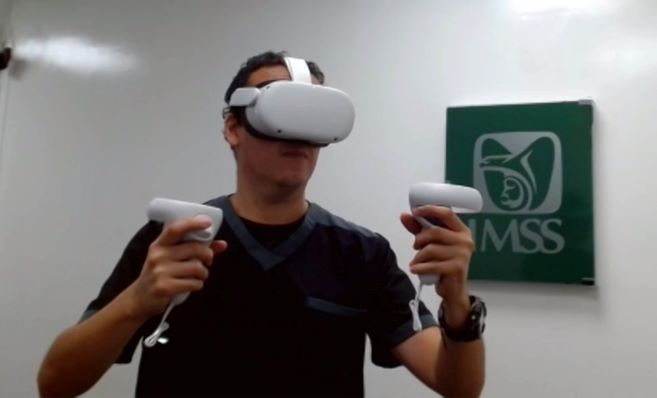LIMBOSIM: Virtual simulator for corneal transplants developed
It's a physical representation of the head's anatomy, complete with a layering artificial eye. Santander X Mexico awarded the project second place (2022). Currently, there are about 4,000 people on the cornea transplant waiting list.





